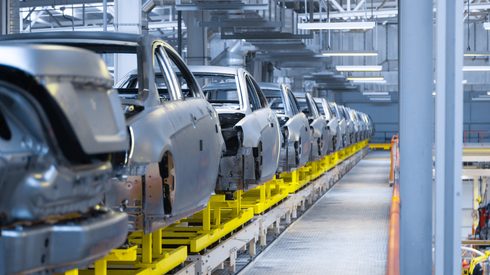The development of Thacker Pass, located in Humboldt County, Nevada, would make it the second lithium-producing mine in the US – after Albemarle’s Silver Peak mine, also in Nevada – and is central to the US government’s goal of boosting the domestic supply of the critical mineral used in batteries for electric vehicles (EV).
According to Lithium Americas, owner of the project, the US District Court of Nevada said that no additional hearings or briefings are required for the court to make its decision.
“Yesterday’s hearing provided an opportunity to reaffirm our confidence that the permitting process for Thacker Pass was conducted thoroughly and responsibly,” Jonathan Evans, Lithium Americas president and chief executive officer, said in a statement on January 6.
“As we continue to prepare for construction, we look to finalize key supply agreements and partnerships that can help to secure America’s clean energy future by providing responsible and domestically produced lithium,” he added.
Lithium Americas has received all necessary permits to begin construction except for the Federal court’s record of decision, the final regulatory hurdle to move the mine project forward.
Opponents of the mine argue that it was approved without proper environmental analysis or tribal consultation. Thacker Pass was fast-tracked by the Trump administration just prior to former US President Donald Trump leaving office, a decision that could now be upheld, overturned or see the project return for additional review.
Lithium is one of 50 minerals on the US critical minerals list, which was last updated in 2021.
It is also central to the country’s Inflation Reduction Act, which seeks to encourage domestic mining and manufacturing and create more integrated supply chains for EV, which have typically relied on overseas countries for critical minerals and battery components.
According to Fastmarkets analysts, lithium was in a deficit of around 19,500 tonnes in 2022.
Fastmarkets’ assessment of the lithium carbonate 99.5% Li2CO3 min, battery grade, spot price range exw domestic China was 490,000-520,000 yuan ($71,032-75,381) per tonne on January 5, down by 10,000-20,000 yuan per tonne from 500,000-540,000 yuan per tonne a week earlier.
Visit our dedicated battery materials page to discover more insights on the factors at play in the industry in 2023 and beyond.





